Home>Gardening & Outdoor>Pool & Spa Care>What Is Cyanuric Acid In A Hot Tub
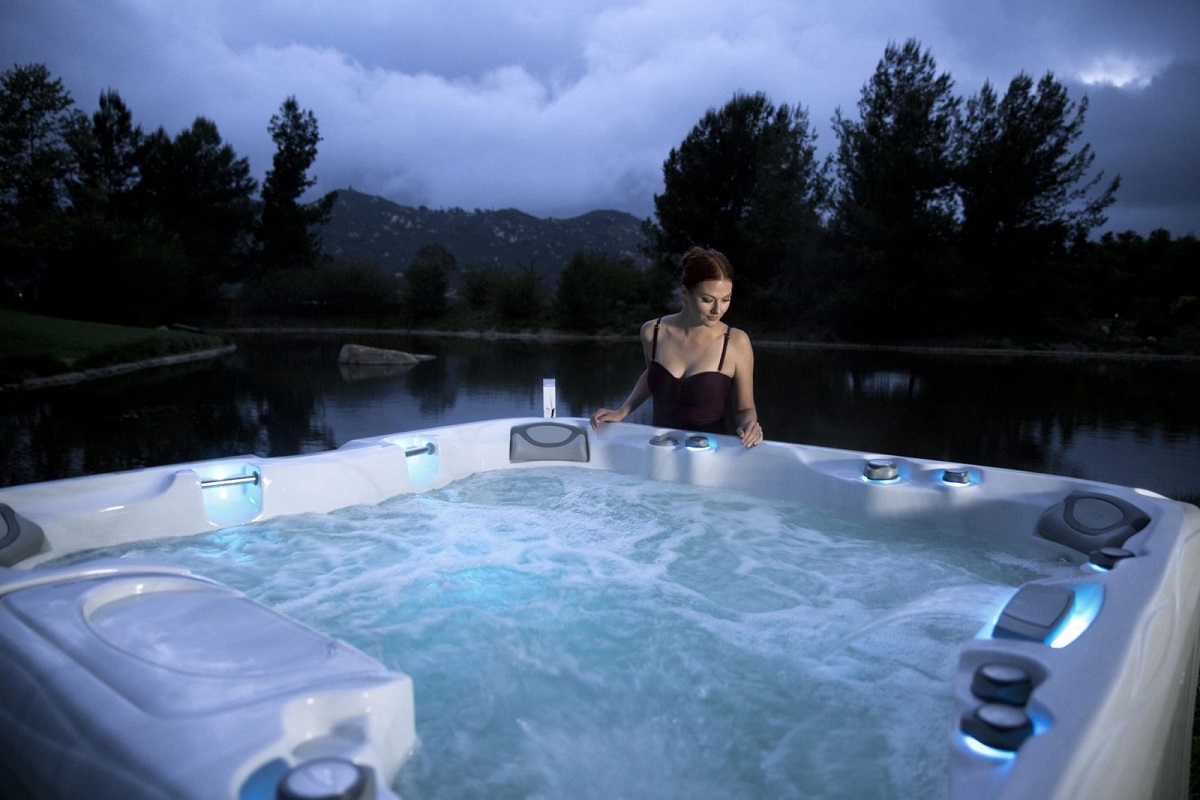

Pool & Spa Care
What Is Cyanuric Acid In A Hot Tub
Modified: February 25, 2024
Learn about the importance of cyanuric acid in pool and spa care. Discover how to maintain the right levels for optimal water quality.
(Many of the links in this article redirect to a specific reviewed product. Your purchase of these products through affiliate links helps to generate commission for Storables.com, at no extra cost. Learn more)
**
Introduction
**
So, you've finally taken the plunge and invested in a luxurious hot tub for your home. There's nothing quite like soaking in the warm, bubbling water, letting the jets massage your cares away. However, to keep your hot tub in pristine condition and ensure a safe and enjoyable experience, it's crucial to understand the various elements that contribute to its maintenance. One such element is cyanuric acid.
Cyanuric acid plays a vital role in the upkeep of hot tub water, but many hot tub owners may not be familiar with its purpose and significance. In this article, we'll delve into the world of cyanuric acid, shedding light on its properties, functions, and the impact it has on hot tub maintenance. By the end, you'll have a comprehensive understanding of this essential component and how to manage it effectively in your hot tub. Let's embark on this journey to unravel the mysteries of cyanuric acid and its role in maintaining a pristine hot tub oasis.
**
Key Takeaways:
- Cyanuric acid stabilizes chlorine in hot tubs, extending its lifespan and reducing maintenance costs. Maintaining balanced levels is crucial for water quality and a delightful soaking experience.
- Regular testing and strategic interventions are essential for managing cyanuric acid levels in hot tubs. Aim for a range of 30-50 ppm to optimize chlorine effectiveness and water clarity.
Read more: How To Lower Cyanuric Acid In Hot Tub
What Is Cyanuric Acid?
**
Cyanuric acid, also known as CYA or conditioner, is a chemical compound commonly used in swimming pools and hot tubs to stabilize chlorine. It is a white, odorless, and acidic substance that is available in granular or liquid form. Cyanuric acid is particularly crucial in outdoor hot tubs and pools as it helps to protect the chlorine from degradation caused by ultraviolet (UV) rays from the sun.
Chemically, cyanuric acid belongs to the class of compounds known as triazines, which are characterized by a six-membered heterocyclic ring containing three nitrogen atoms. This unique structure allows cyanuric acid to form stable complexes with chlorine, thereby preventing the chlorine from dissipating rapidly when exposed to sunlight.
When added to hot tub water, cyanuric acid forms a weak bond with the chlorine molecules, creating a compound that is less susceptible to degradation by UV radiation. This process effectively extends the lifespan of the chlorine in the water, allowing it to remain active and continue its sanitizing function for a longer duration.
It is important to note that while cyanuric acid is beneficial for stabilizing chlorine, excessive levels of CYA can lead to complications in water maintenance. Therefore, it is essential to monitor and maintain appropriate cyanuric acid levels to ensure the overall balance and effectiveness of hot tub water chemistry.
**
The Role of Cyanuric Acid in Hot Tubs
**
Cyanuric acid plays a pivotal role in maintaining the efficacy of chlorine in hot tubs, especially those located outdoors. Its primary function is to stabilize the chlorine sanitizer, thereby preventing rapid degradation when exposed to sunlight. By forming a protective bond with chlorine molecules, cyanuric acid helps to sustain the presence of free available chlorine in the water, ensuring continuous disinfection and sanitation.
When hot tub water is exposed to UV rays from the sun, the chlorine molecules can rapidly break down, leading to diminished sanitizing capabilities. However, the presence of cyanuric acid acts as a shield, safeguarding the chlorine and allowing it to remain active for an extended period. This is particularly beneficial in outdoor hot tubs, where sunlight exposure is inevitable.
Moreover, cyanuric acid contributes to cost and resource efficiency by reducing the frequency of chlorine replenishment. Without stabilizing agents like CYA, hot tub owners would need to replenish chlorine more frequently to maintain adequate sanitization levels, resulting in increased chemical usage and overall maintenance costs.
Additionally, cyanuric acid aids in preserving the pH balance of hot tub water. By stabilizing the chlorine, it helps prevent fluctuations in pH levels, promoting a more consistent and balanced environment for bathers. This stability is essential for ensuring the comfort and safety of hot tub users, as drastic pH fluctuations can lead to skin and eye irritation.
Overall, the role of cyanuric acid in hot tubs is indispensable for maintaining water quality, optimizing chlorine effectiveness, and prolonging the lifespan of sanitizing agents. By understanding and managing cyanuric acid levels, hot tub owners can ensure a hygienic, enjoyable, and cost-effective soaking experience.
**
Tip: Cyanuric acid, also known as stabilizer, helps to protect chlorine from being broken down by the sun’s UV rays in a hot tub. However, too much cyanuric acid can reduce the effectiveness of chlorine, so it’s important to regularly test and maintain the right levels.
Effects of Cyanuric Acid on Hot Tub Water
**
The presence of cyanuric acid in hot tub water yields several notable effects that directly impact water quality, maintenance requirements, and overall user experience. Understanding these effects is crucial for effectively managing cyanuric acid levels and ensuring a pristine hot tub environment.
-
Chlorine Stabilization: The primary effect of cyanuric acid is its ability to stabilize chlorine in hot tub water. By forming a protective bond with chlorine molecules, CYA prevents rapid degradation caused by UV radiation. This stabilization ensures that the chlorine remains active and effective for an extended period, contributing to continuous disinfection and sanitation.
-
Extended Chlorine Lifespan: As a result of cyanuric acid’s stabilizing properties, the lifespan of chlorine in hot tub water is significantly extended. This reduces the frequency of chlorine replenishment, leading to cost savings and streamlined maintenance efforts. The presence of CYA allows hot tub owners to maintain optimal sanitization levels with less frequent chemical adjustments.
-
pH Stability: Cyanuric acid also plays a role in maintaining the pH balance of hot tub water. By stabilizing chlorine, it helps prevent fluctuations in pH levels, promoting a more consistent and balanced environment. This stability is essential for ensuring user comfort and safety, as well as minimizing the risk of skin and eye irritation.
-
Impact on Water Clarity: While cyanuric acid is essential for chlorine stabilization, excessively high levels can impact water clarity. Elevated CYA concentrations may contribute to cloudy water, reducing visual clarity and overall aesthetic appeal. Therefore, it’s crucial to monitor and manage cyanuric acid levels to strike a balance between chlorine stabilization and water clarity.
-
Maintenance Challenges: High cyanuric acid levels can pose challenges in hot tub maintenance. Excessive CYA concentrations may require dilution or partial water replacement to restore optimal levels, adding complexity to routine water care. Additionally, managing cyanuric acid alongside other water chemistry parameters demands diligence and precision to uphold water quality.
By comprehending the effects of cyanuric acid on hot tub water, owners can take proactive measures to maintain balanced CYA levels, optimize chlorine effectiveness, and uphold water clarity. Striking the right equilibrium in cyanuric acid management is key to fostering a hygienic, visually appealing, and harmonious hot tub environment.
**
How to Test and Maintain Cyanuric Acid Levels in a Hot Tub
**
Effectively testing and maintaining cyanuric acid (CYA) levels in a hot tub is essential for preserving water quality and optimizing the performance of chlorine sanitizers. By implementing a systematic approach to CYA management, hot tub owners can ensure a safe, hygienic, and enjoyable soaking experience. Here’s a comprehensive guide to testing and maintaining cyanuric acid levels in a hot tub:
-
Use Reliable Test Kits: Begin by acquiring a reliable cyanuric acid test kit designed specifically for hot tub water. These test kits typically include reagents and testing vials to accurately measure CYA levels. Follow the manufacturer’s instructions carefully to conduct the test, ensuring precision and accuracy in the results.
-
Regular Testing: Establish a routine schedule for testing cyanuric acid levels in the hot tub. Depending on usage frequency and environmental factors, such as sunlight exposure, testing may be required every 1-3 months. Consistent monitoring allows for timely adjustments and interventions to maintain balanced CYA levels.
-
Ideal CYA Range: The recommended cyanuric acid range for hot tubs typically falls between 30-50 parts per million (ppm). This range provides adequate stabilization for chlorine while minimizing the potential for adverse effects associated with excessive CYA levels. Aim to maintain CYA within this optimal range for efficient chlorine performance.
-
Dilution or Water Replacement: If cyanuric acid levels exceed the recommended range, dilution or partial water replacement may be necessary to lower the CYA concentration. Consult with a professional or refer to water care guidelines to determine the appropriate dilution method based on the current CYA levels and desired reduction.
-
Consider Alternative Sanitizers: In instances where managing cyanuric acid levels becomes challenging, exploring alternative sanitization methods, such as non-chlorine shock treatments or mineral-based systems, may offer viable solutions. These alternatives can complement or reduce reliance on chlorine, potentially mitigating the impact of high CYA concentrations.
-
Consult Water Care Experts: For comprehensive guidance on maintaining cyanuric acid levels and overall hot tub water chemistry, consider consulting with water care experts or professionals. They can offer tailored recommendations, troubleshooting advice, and insights into advanced water treatment strategies to address specific CYA-related challenges.
By adhering to a proactive approach to testing and managing cyanuric acid levels, hot tub owners can uphold water quality, optimize chlorine efficacy, and mitigate the potential drawbacks associated with unbalanced CYA concentrations. Consistent vigilance and informed decision-making in CYA maintenance contribute to a harmonious and rejuvenating hot tub environment.
**
Read more: How To Adjust Cyanuric Acid In A Hot Tub
Conclusion
**
As we conclude our exploration of cyanuric acid in the context of hot tub maintenance, it becomes evident that this chemical compound plays a multifaceted and indispensable role in preserving water quality, optimizing chlorine effectiveness, and ensuring a delightful soaking experience. By stabilizing chlorine and safeguarding it from UV degradation, cyanuric acid acts as a guardian of hot tub water, prolonging the lifespan of sanitizing agents and promoting continuous disinfection.
However, it is crucial for hot tub owners to approach cyanuric acid management with attentiveness and diligence. Maintaining balanced CYA levels within the recommended range of 30-50 ppm is paramount for reaping the benefits of chlorine stabilization while mitigating potential challenges associated with excessive concentrations. Regular testing, strategic interventions, and a proactive mindset are essential components of effective cyanuric acid maintenance.
Furthermore, understanding the effects of cyanuric acid on hot tub water, including its impact on chlorine stabilization, pH balance, and water clarity, empowers hot tub owners to make informed decisions and adjustments to uphold water quality and visual appeal. By embracing a comprehensive approach to water care, encompassing cyanuric acid management alongside other essential parameters, hot tub enthusiasts can create a pristine, inviting, and harmonious environment for relaxation and rejuvenation.
Ultimately, the journey of maintaining cyanuric acid levels in a hot tub is a testament to the commitment to water quality, user comfort, and the longevity of the hot tub itself. By embracing best practices, seeking expert guidance when needed, and embracing a proactive mindset, hot tub owners can navigate the nuances of cyanuric acid management with confidence, ensuring that their aquatic oasis remains a source of joy, relaxation, and well-being for years to come.
Frequently Asked Questions about What Is Cyanuric Acid In A Hot Tub
Was this page helpful?
At Storables.com, we guarantee accurate and reliable information. Our content, validated by Expert Board Contributors, is crafted following stringent Editorial Policies. We're committed to providing you with well-researched, expert-backed insights for all your informational needs.
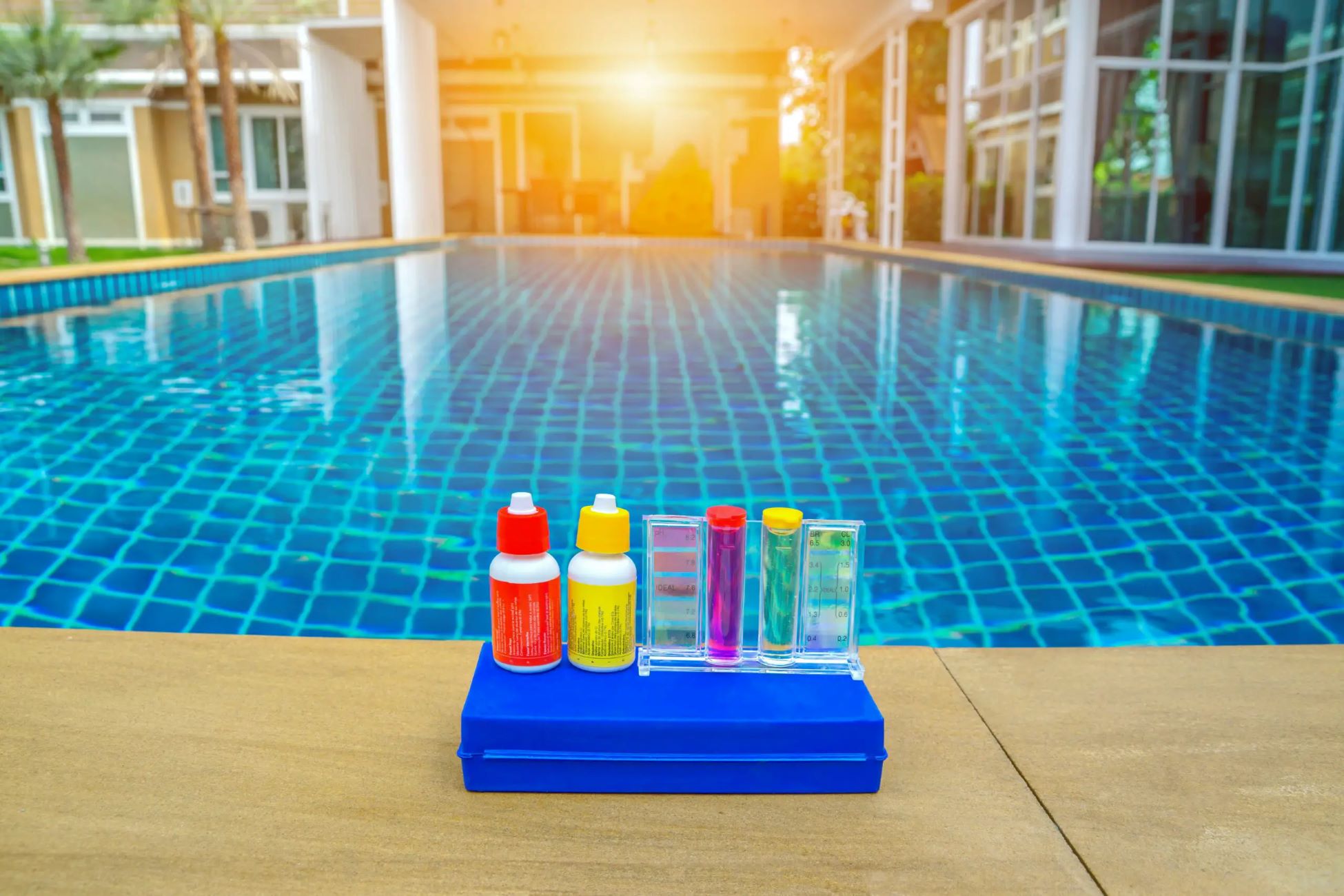
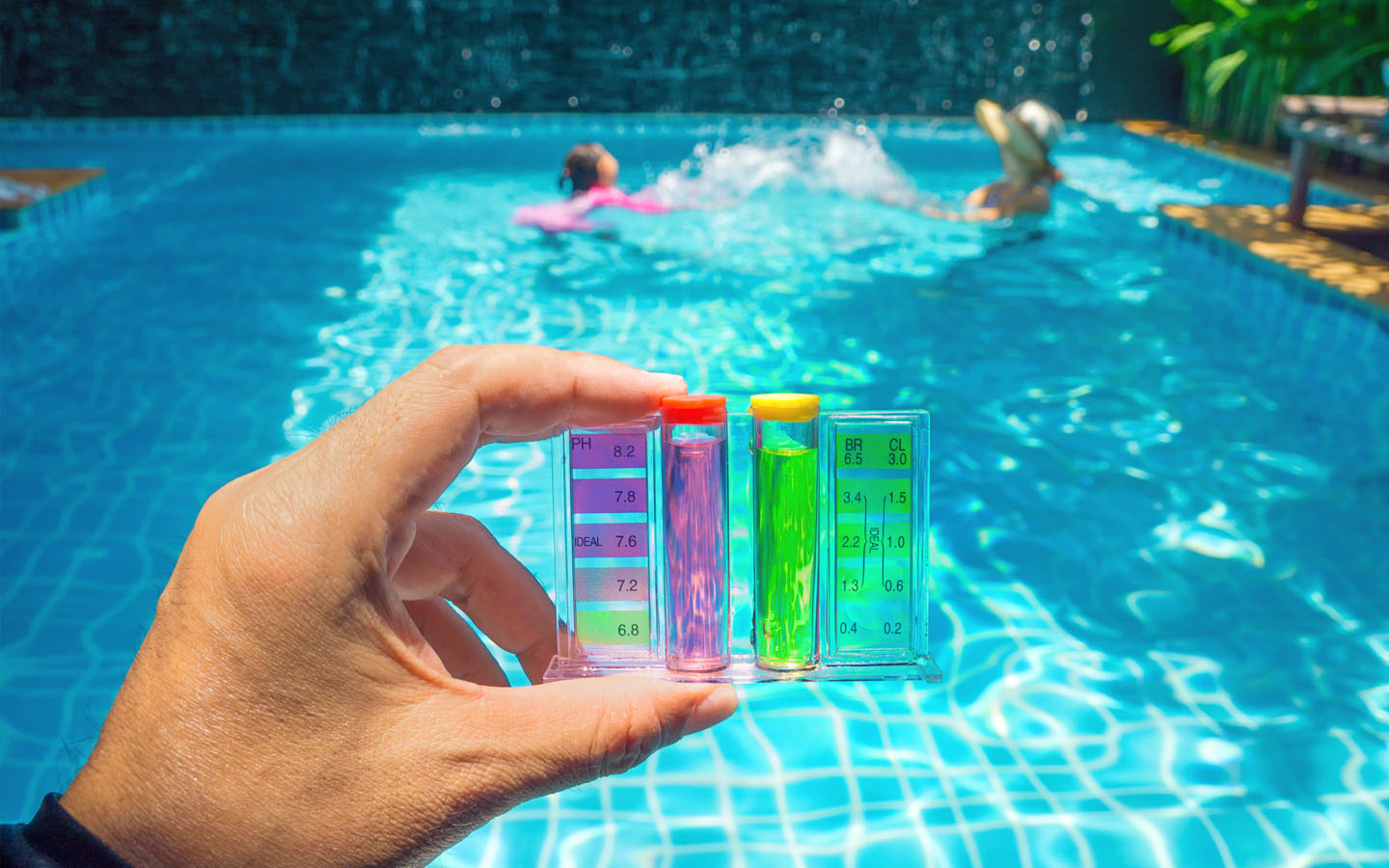
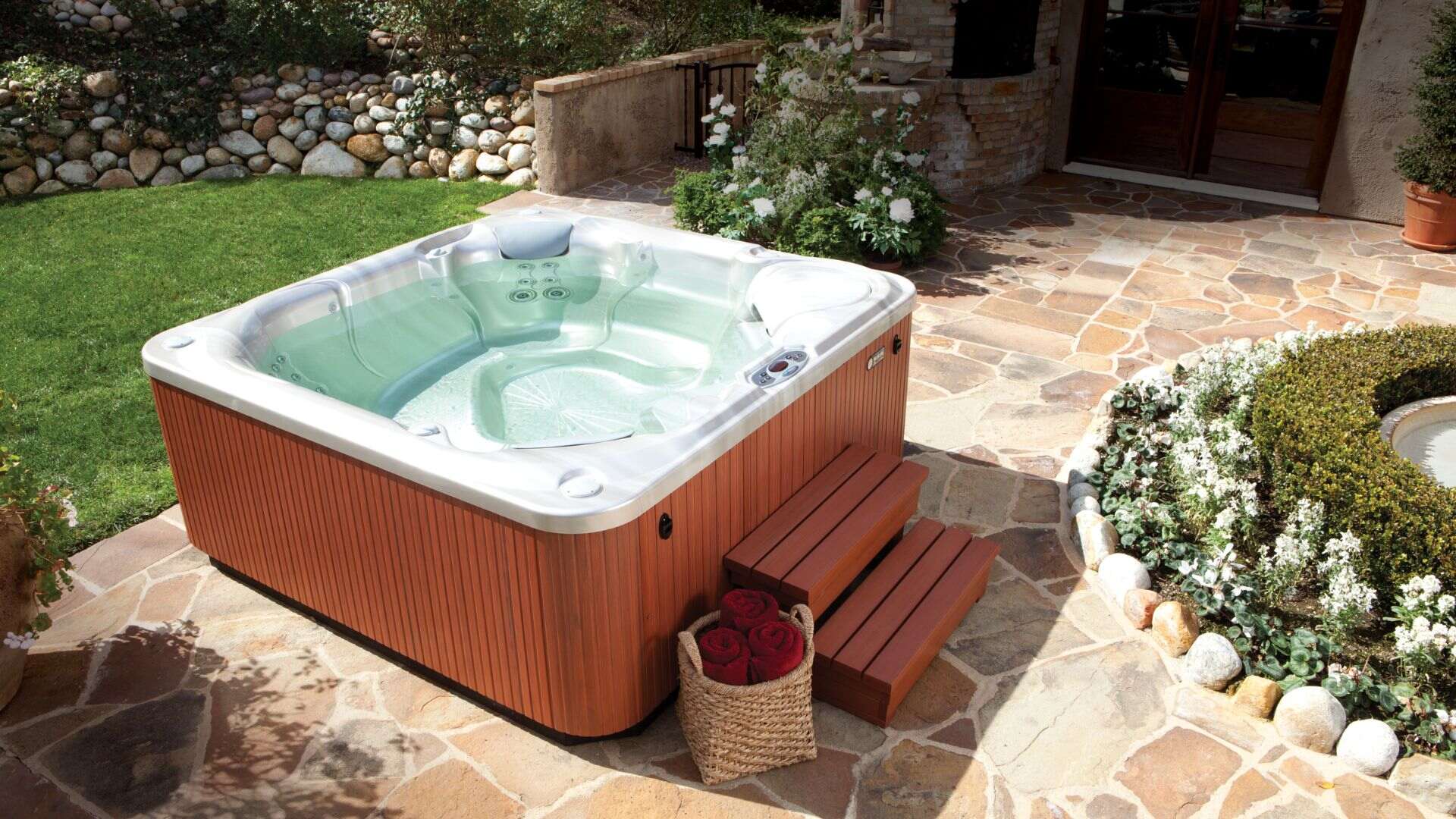
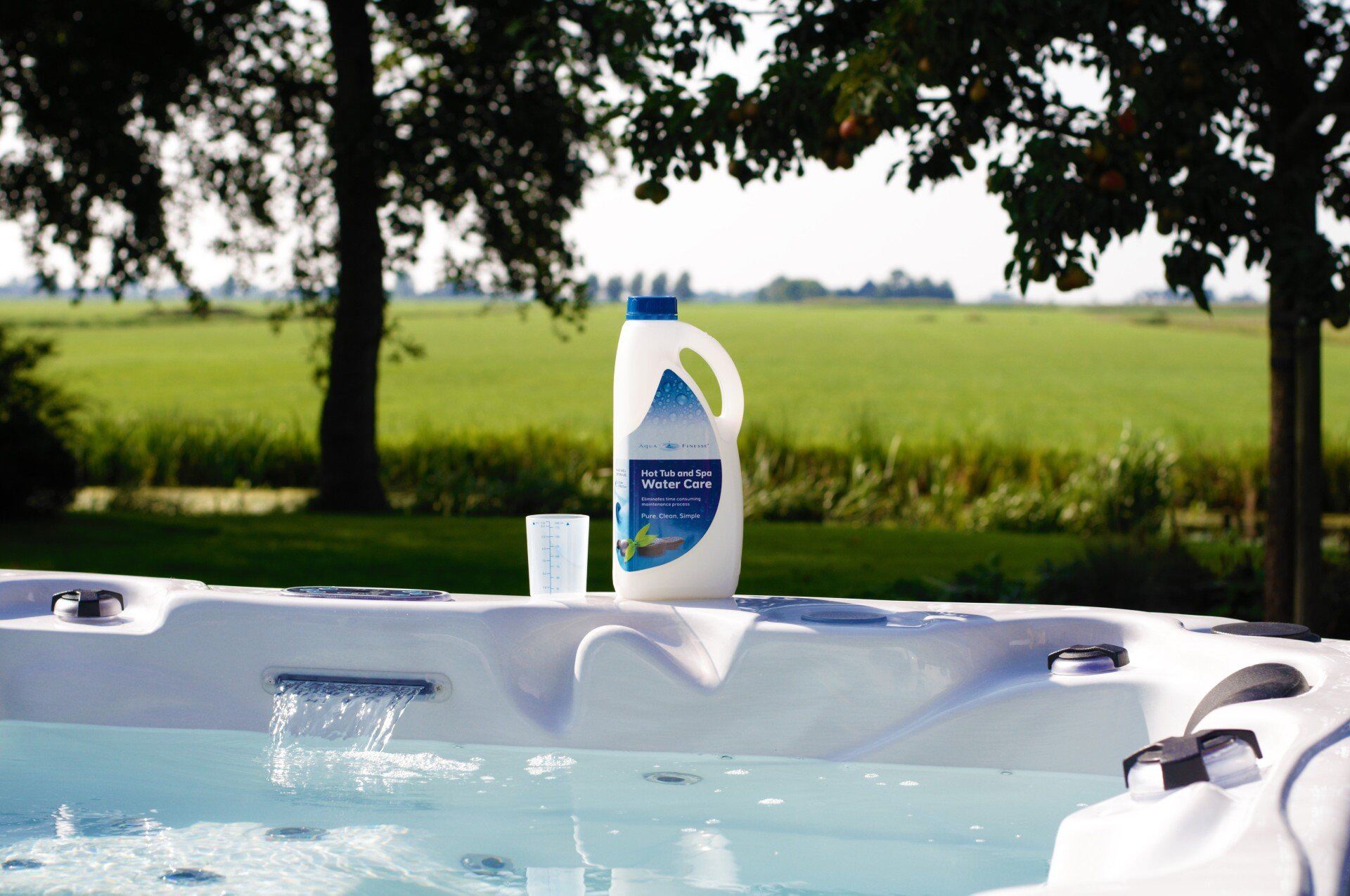
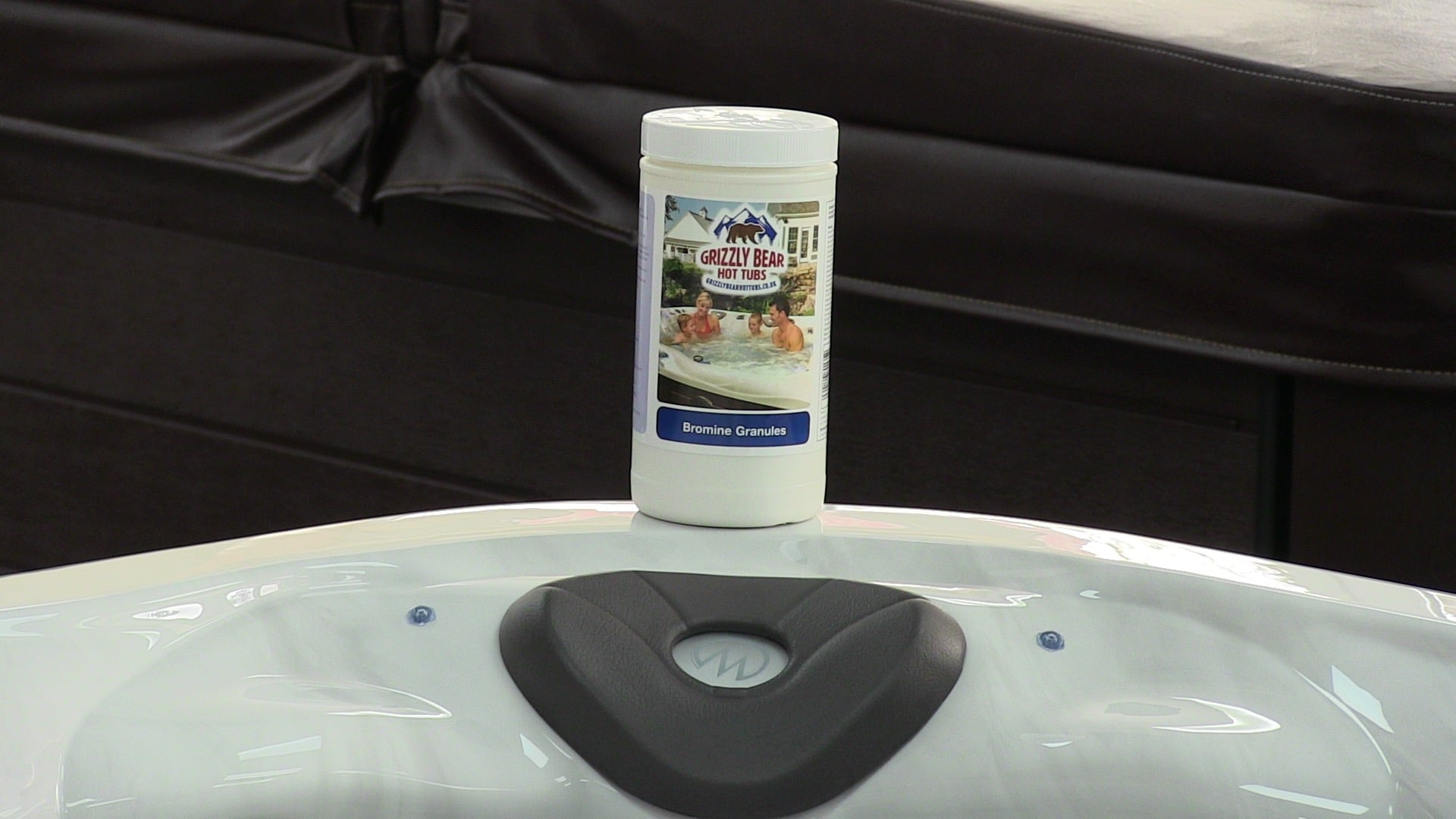
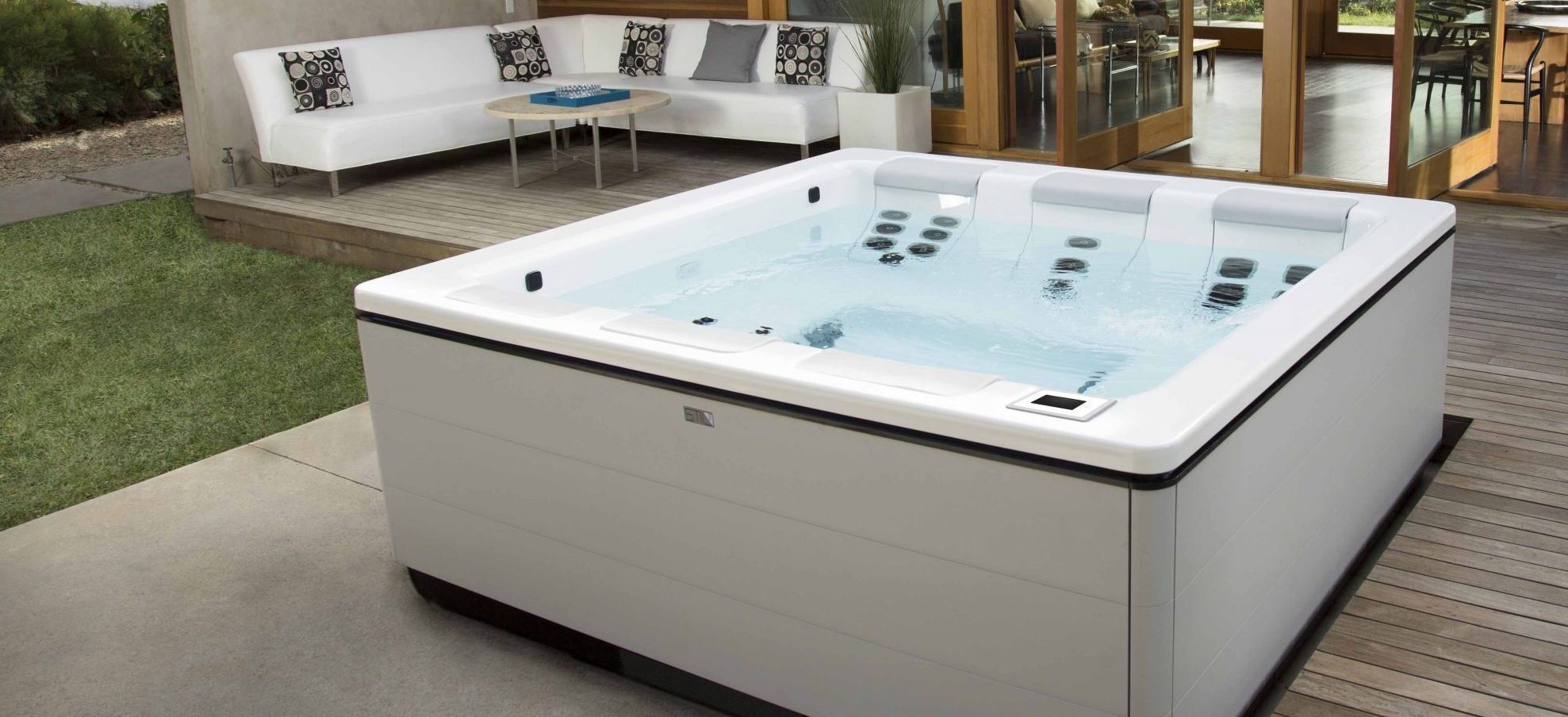
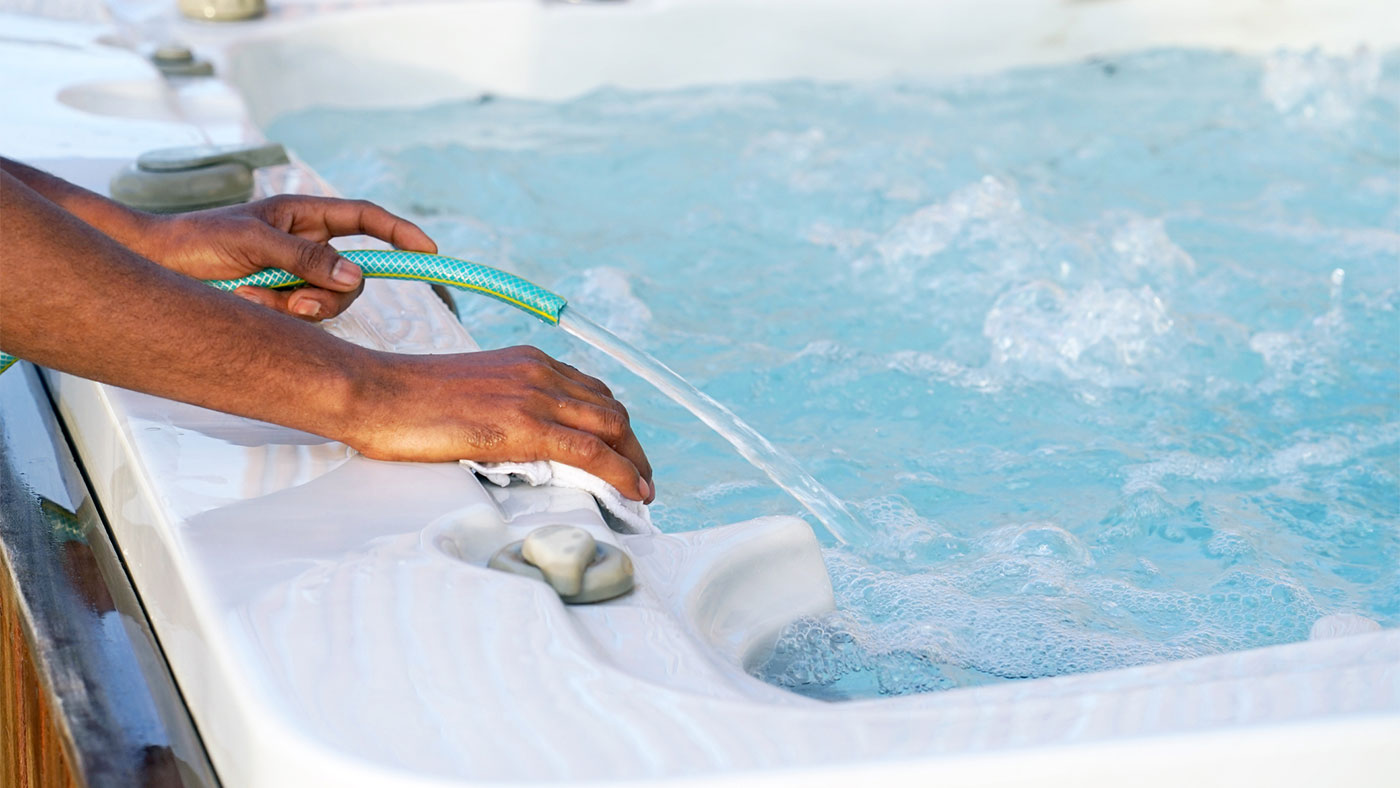
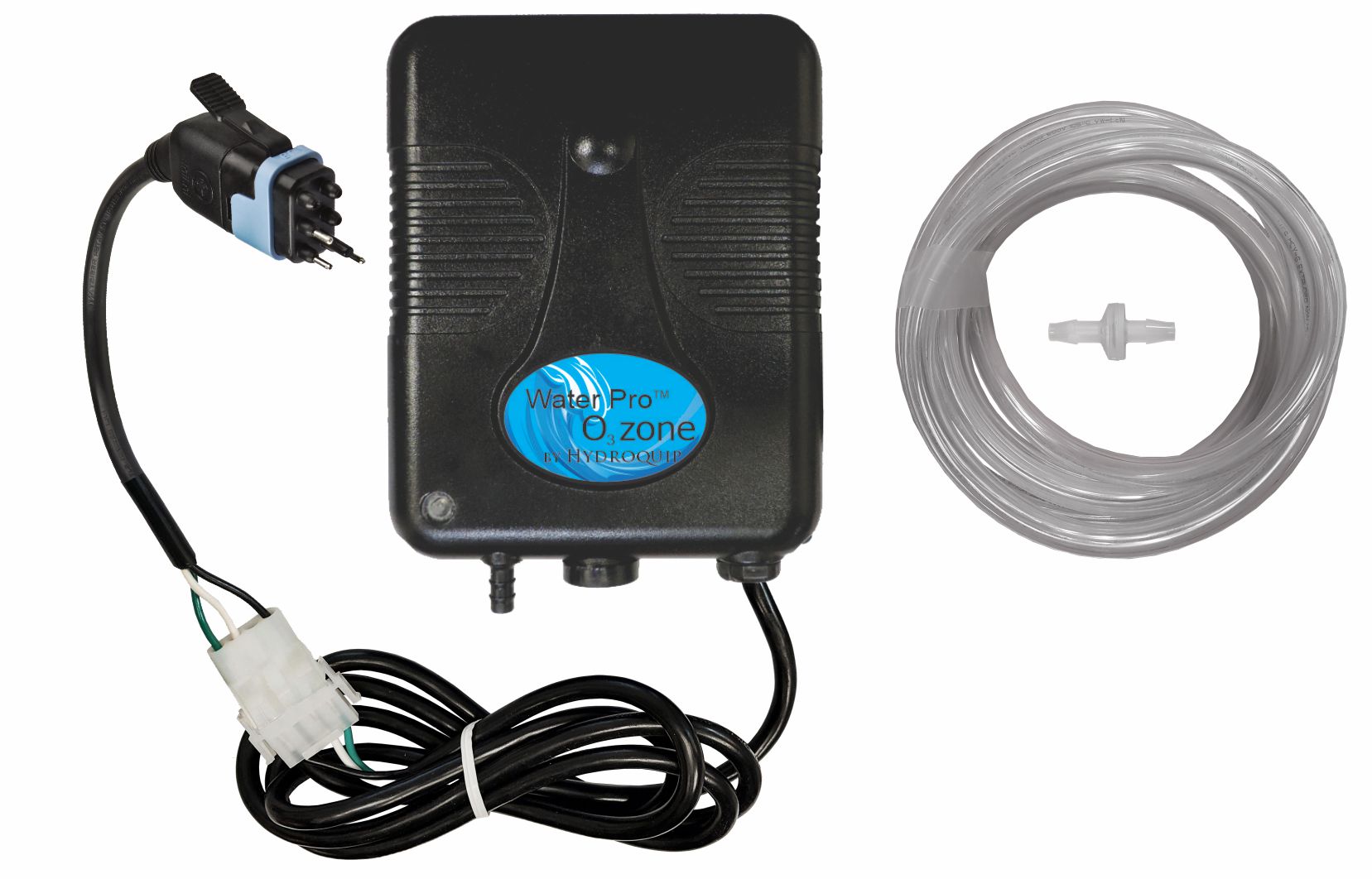
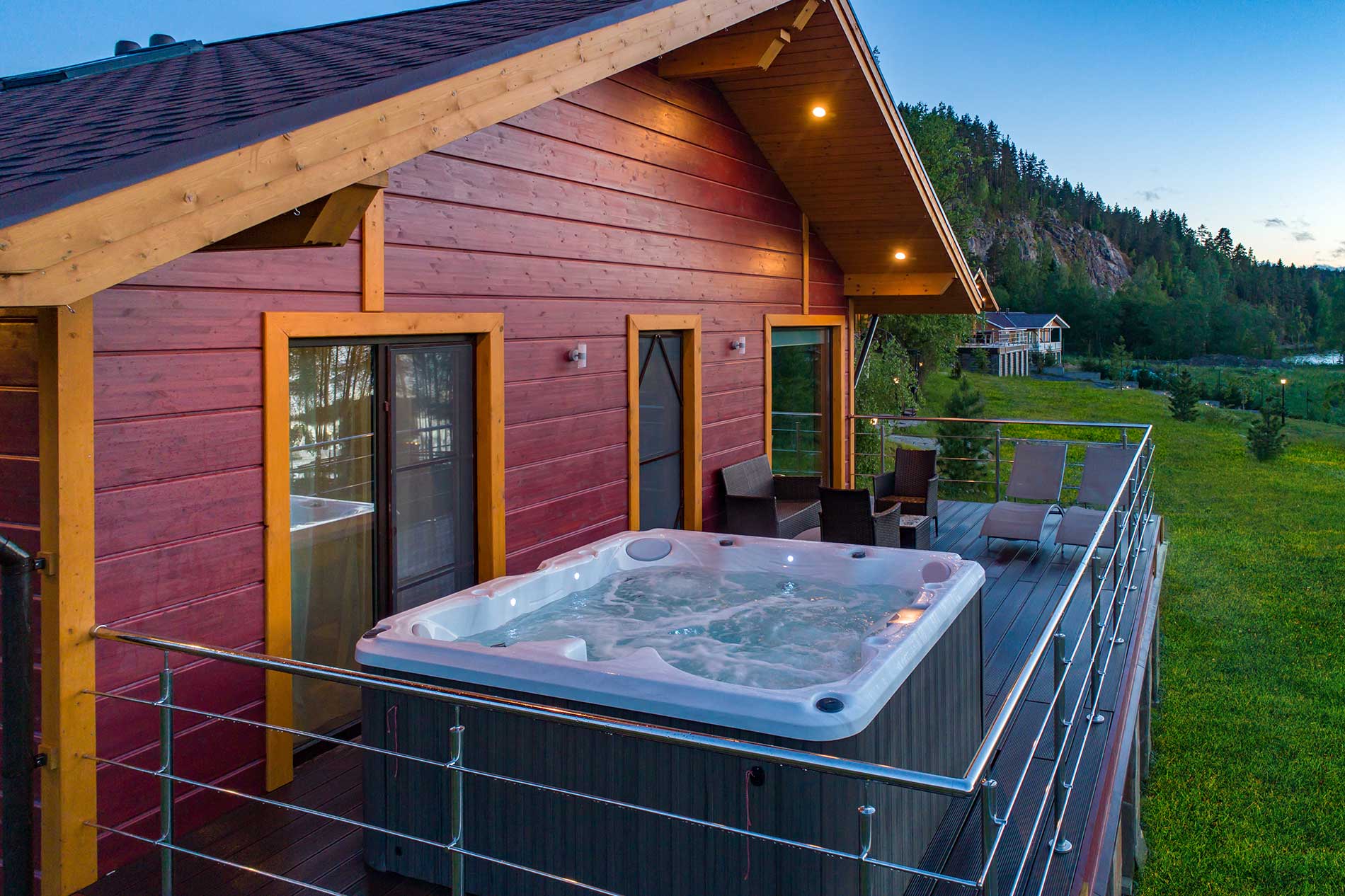
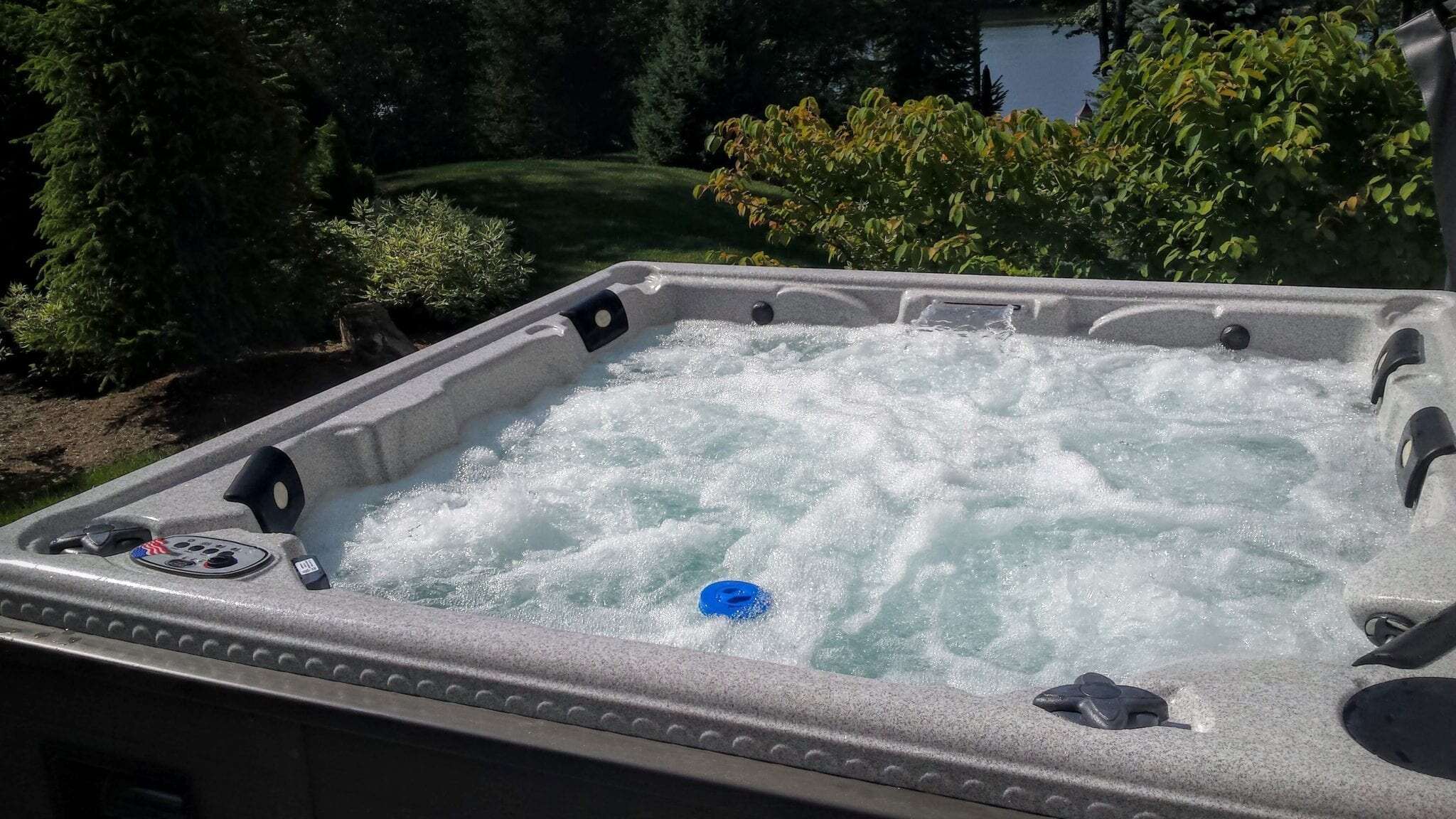
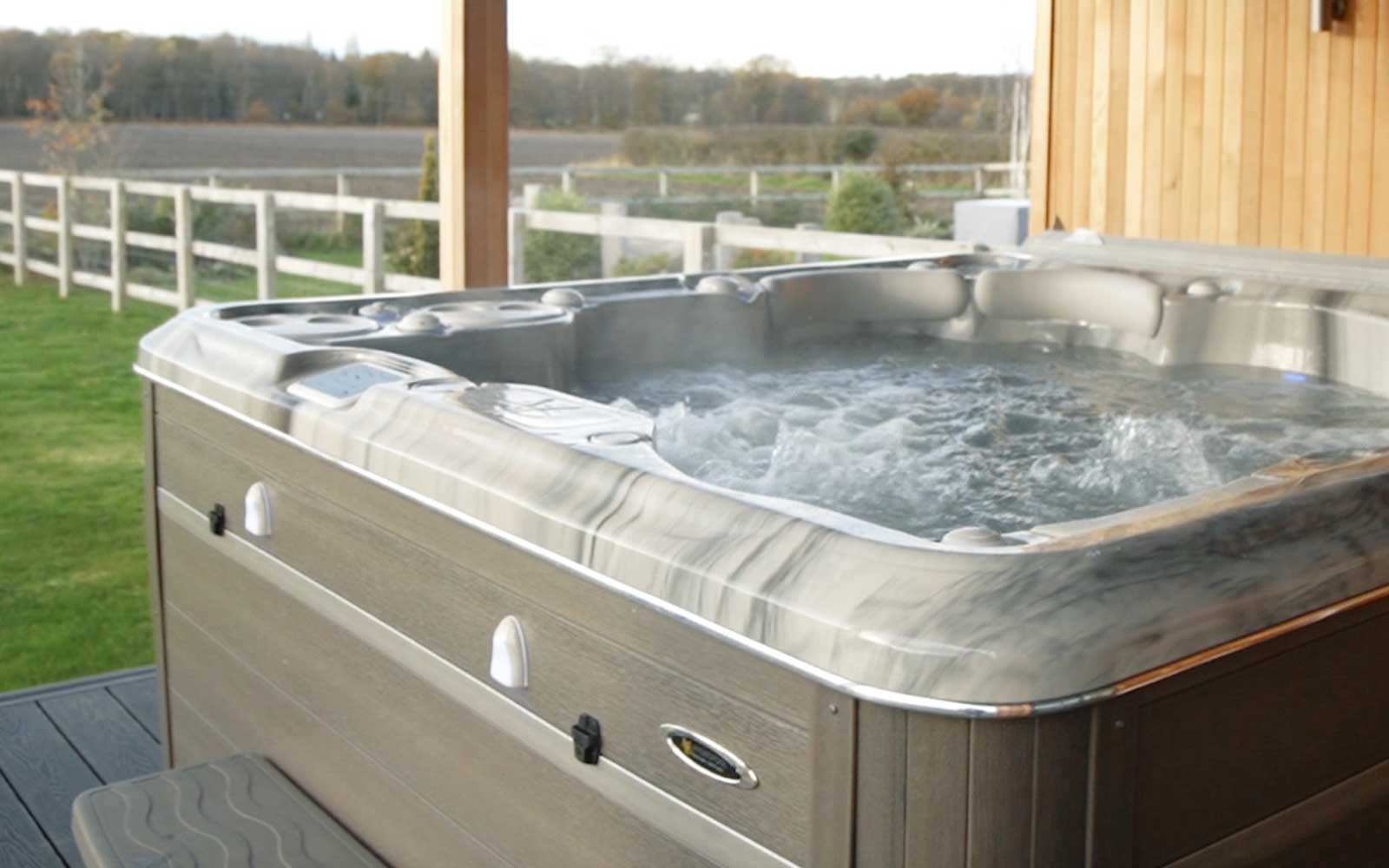
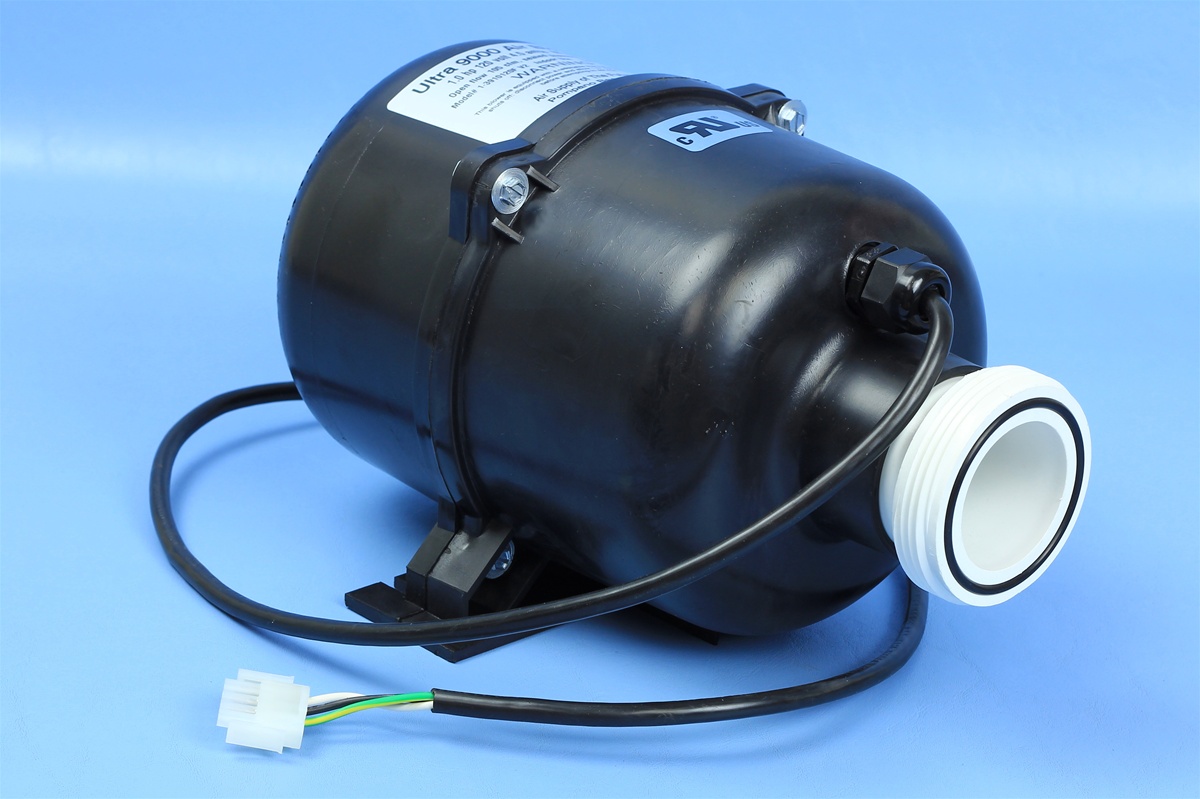
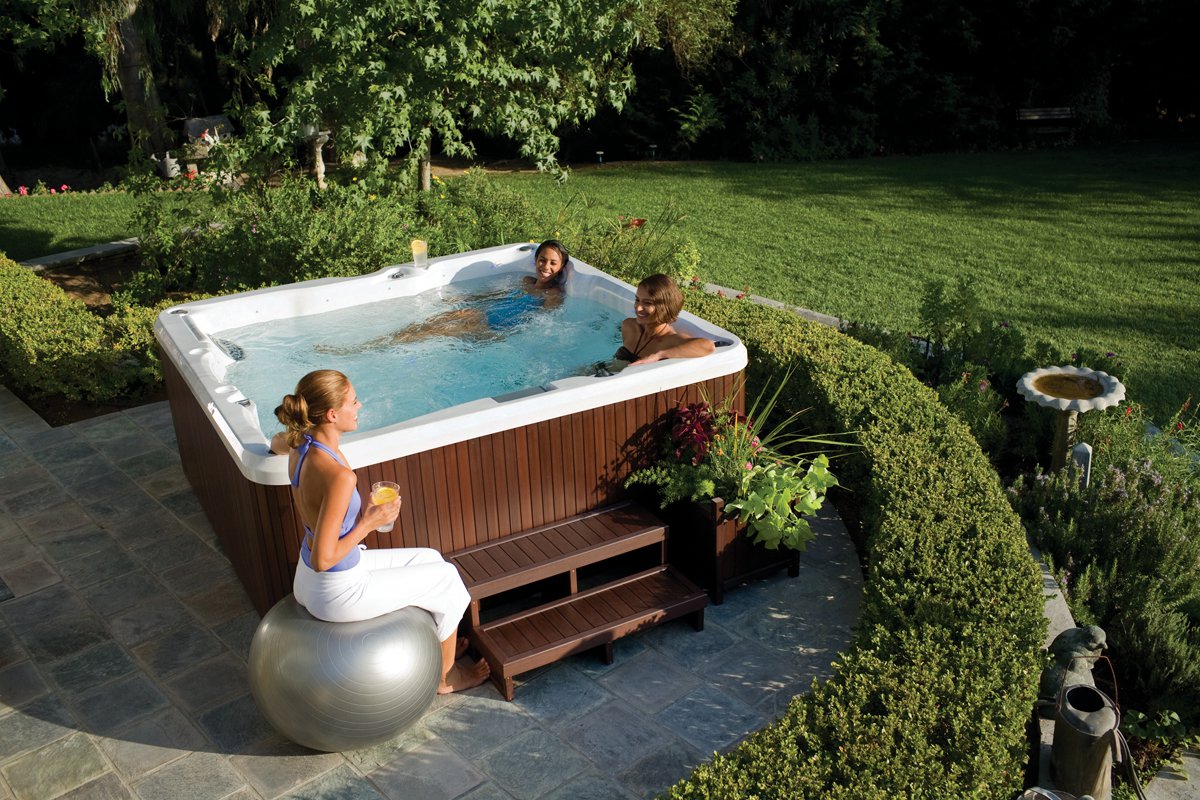
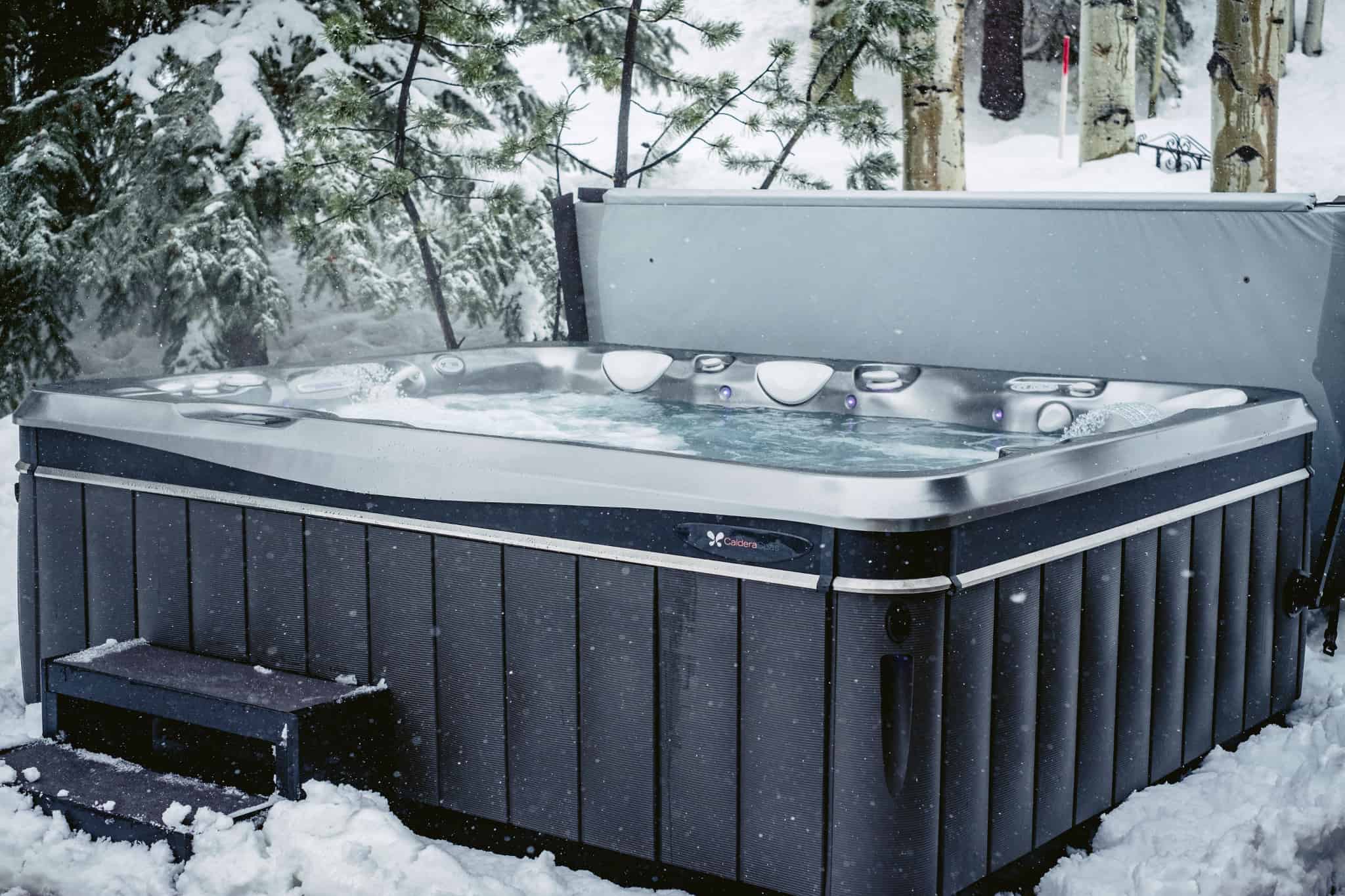

0 thoughts on “What Is Cyanuric Acid In A Hot Tub”